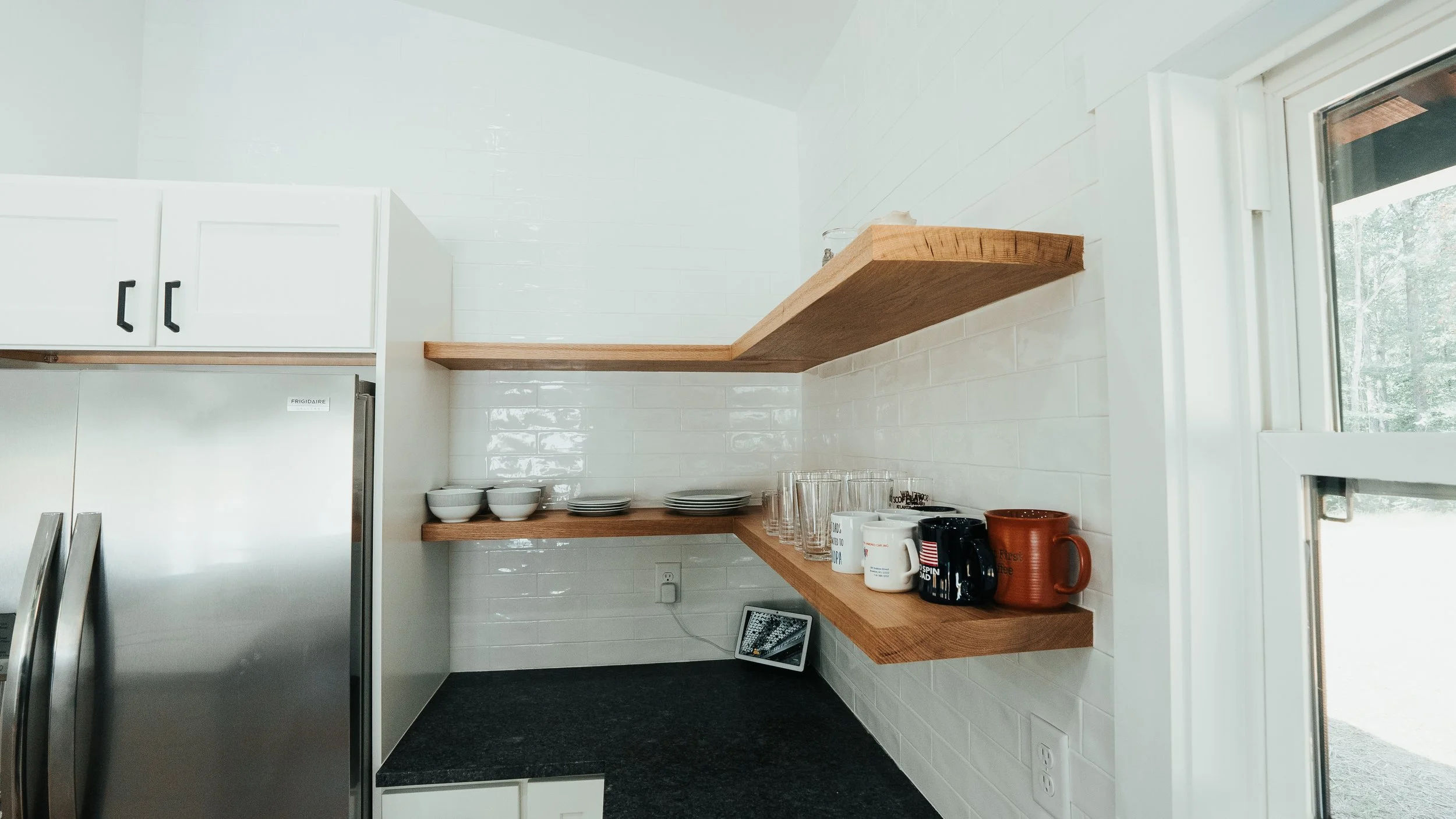Minimalism in Home Design: Striking the Perfect Balance
Minimalism has become more than just an aesthetic—it's a lifestyle movement driven by the desire for simplicity, efficiency, and intentional living. As homeowners seek to declutter their spaces and focus on what truly matters, many have overcorrected, stripping homes of warmth and personality in pursuit of a stark, ultra-modern look. However, true minimalism isn’t about empty spaces; it’s about purposeful design, where every element of a home serves a function while maintaining beauty.
When applied thoughtfully, minimalism in home design creates a balance between simplicity and livability. A well-designed home should feel inviting, not sterile, and every space should contribute to the homeowner’s daily life. This article explores how minimalism, when done right, enhances both functionality and aesthetics, and how homeowners can create a streamlined yet comfortable living environment.
The Overcorrection of Minimalism
As the minimalist trend took hold, many homeowners embraced extreme simplicity—blank white walls, sparse furnishings, and an almost clinical approach to design. While this approach eliminates clutter, it can also strip a home of warmth, making it feel more like a showroom than a personal sanctuary.
The key issue with overcorrection is the loss of comfort and practicality. A home should reflect the people who live in it, offering a sense of belonging and ease. The goal isn’t to remove all decor and personality but to curate a space with intention. Thoughtfully chosen pieces, layered textures, and strategic design choices prevent minimalism from feeling cold and impersonal while maintaining its core principles of simplicity and function.
The Perfect Balance of Minimalism
Minimalism doesn’t mean sacrificing beauty or livability—it’s about balance. The most successful minimalist homes integrate clean lines, uncluttered spaces, and purposeful design while still feeling warm and inviting.
Achieving this balance involves thoughtful material choices, such as incorporating natural materials like wood, stone, and metal to add texture and depth. Layered lighting helps create an inviting atmosphere, ensuring spaces don’t feel too stark. Functional design plays a crucial role, utilizing multi-purpose furniture and built-in storage to maximize efficiency without unnecessary bulk. Every decorative element should be intentional, serving either a functional or aesthetic purpose to contribute to a cohesive and meaningful space.
By incorporating these elements, minimalism moves beyond just an aesthetic and becomes a way to enhance everyday living.
Home Designs Made for Simplicity and Functionality
Minimalist design is about making intentional choices that prioritize function while maintaining a timeless look. Certain home design features naturally align with this philosophy:
Open floor plans create a streamlined, airy feel by reducing unnecessary walls and allowing natural light to flow freely.
Integrated storage solutions, such as custom cabinetry, built-in shelving, and hidden compartments, keep clutter at bay without sacrificing accessibility.
A neutral, timeless color palette—featuring soft, earthy tones and subtle neutrals—creates a sense of calm while allowing architectural features to shine.
Seamless indoor-outdoor transitions, achieved through large windows, sliding doors, and natural elements, blur the boundary between inside and outside, enhancing the feeling of openness and simplicity.
These design choices make it easier to maintain a clutter-free home while ensuring every area serves a clear purpose.
Conclusion
Minimalism in home design isn’t about removing all decorative elements or stripping a home down to its bare bones. It’s about eliminating distractions and focusing on what truly enhances daily life. Functional layouts, thoughtful materials, and intentional design choices create modern and timeless spaces, simple yet inviting.
At Howland Homes, we believe that every space should have a purpose and that simplicity should never come at the expense of comfort or beauty. By blending minimalism with functionality, we create homes that offer the perfect balance—spaces as practical as visually stunning.





